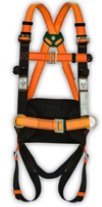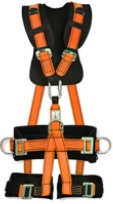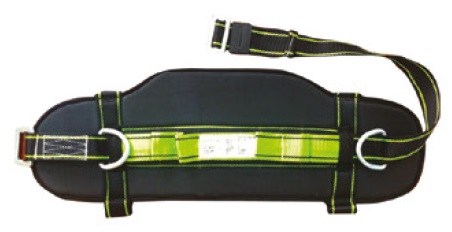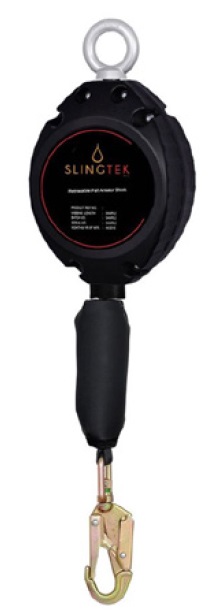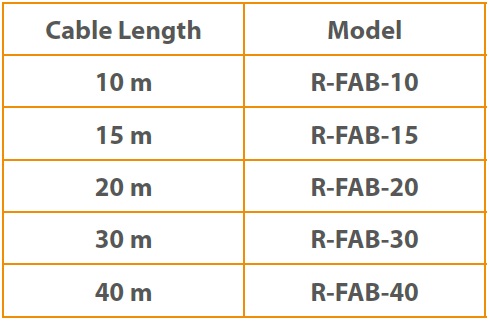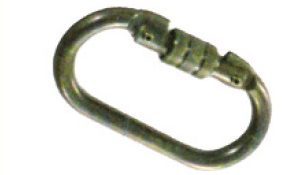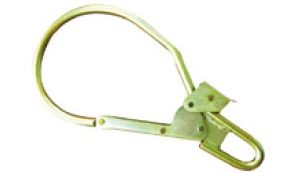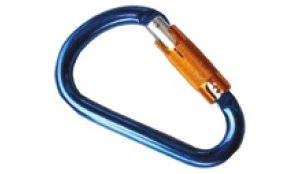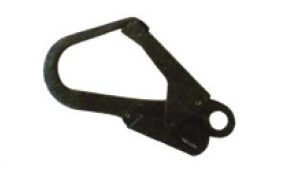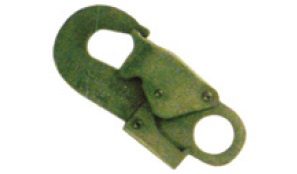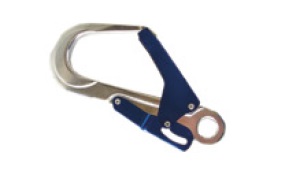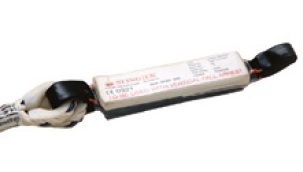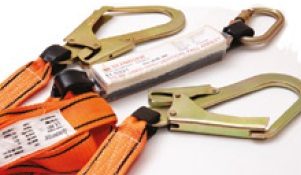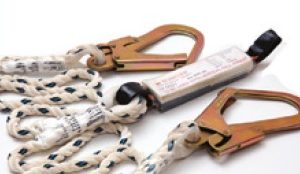FALL PROTECTION SYSTEMS
A personal fall-arrest system is generally required whenever an individual is at risk of falling from working at heights or from an elevated position. Properly designed system should include three components:
An anchor point will serec as a secure connection point for lifelines, lanyards or deceleration devices.
A full-body harness designed to distribute fall-arrest forces over thighs, pelvis, waist, chest and shoulders; if a fall occurs, the ring located in centre of the back will hold worker in an upright position until rescued.
A Connecting device wsuch as lanyard, deceleration apparatus, lifeline or a combination of these items with locking snap hooks.
How to wear a harness
The Full Body Harness can be worn following these simple steps
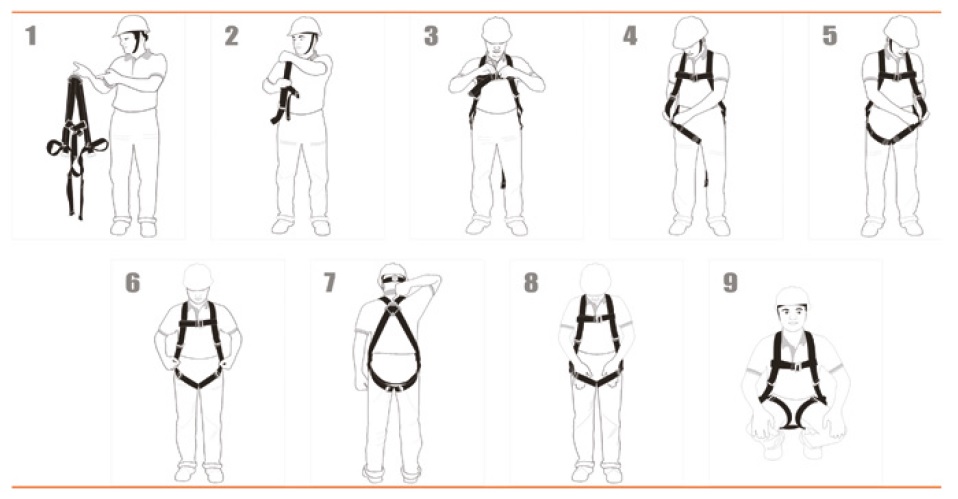
The work Positioning Belt and Lanyard can be worn as per the following easy steps



